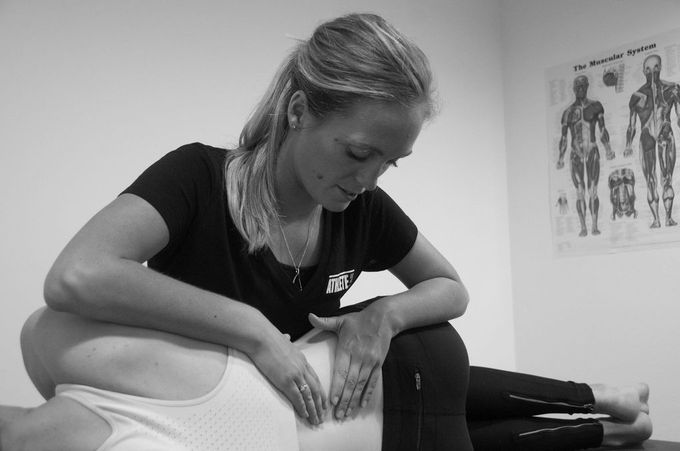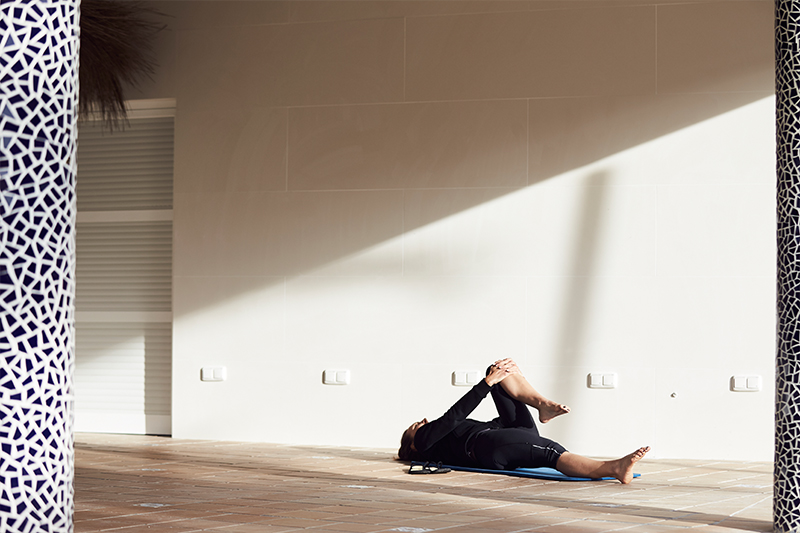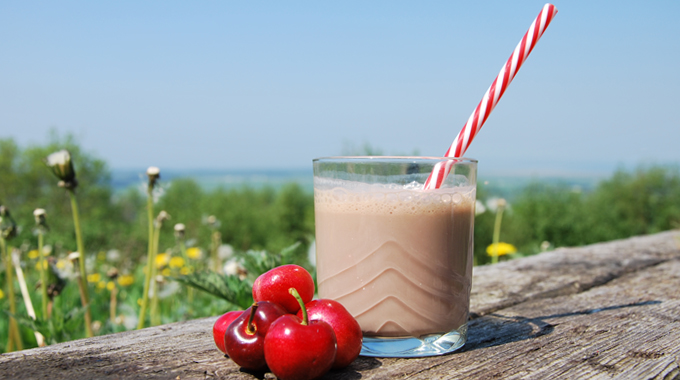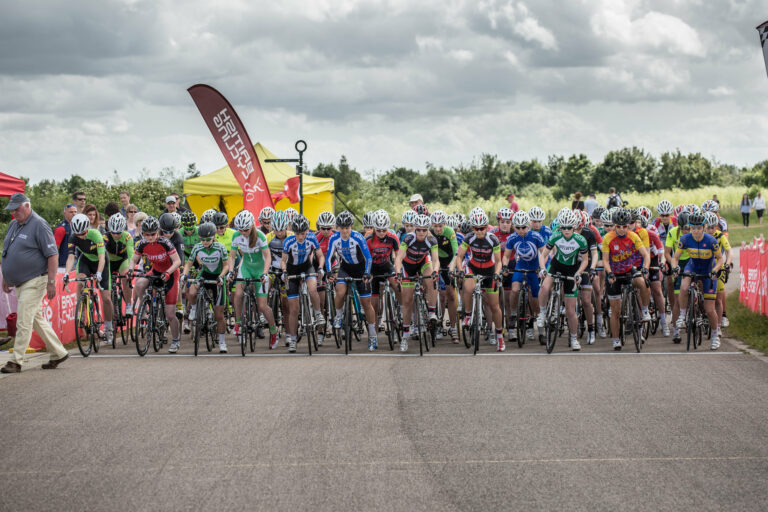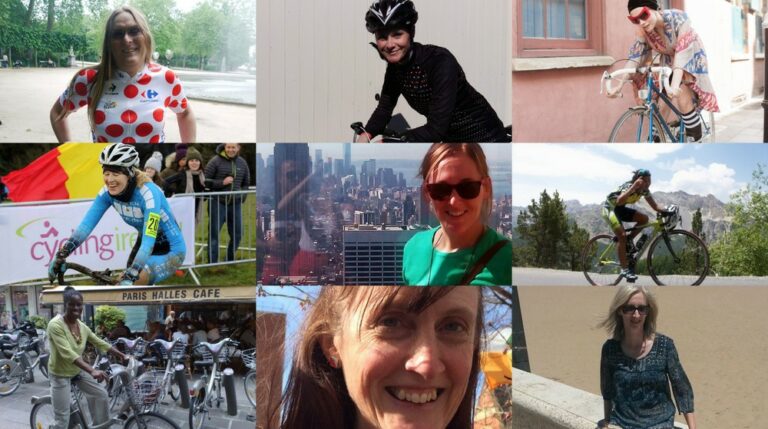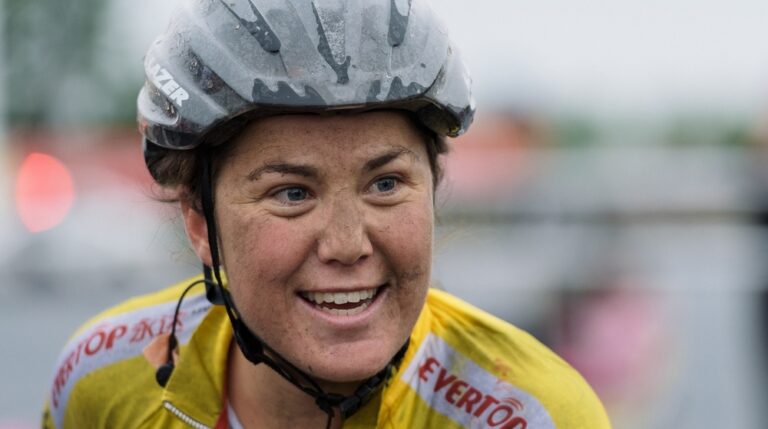Lower back pain in cyclists is incredibly common – and when the lower back becomes upset, inflamed and tight, it can have implications elsewhere.
The glutes and hip flexors can become affected, leading to all manner of knee complaints. Therefore, it’s important to look after the lower back.
The muscle that often acts as the instigator to all this discomfort is the QL: the ‘Quadratus lumborum’ (you get why people shorten it now, right?). We spoke to ex-pro cyclist and Osteopath to some of cycling’s biggest names, Alice Monger-Godfrey to find out more.
Alice runs her own clinic, AMG Osteo, but is currently on tour with team Dimension Data, looking after the bodies of Mark Cavendish and his team mates, so we reckon you’re in safe hands.
What is it and what does it do?
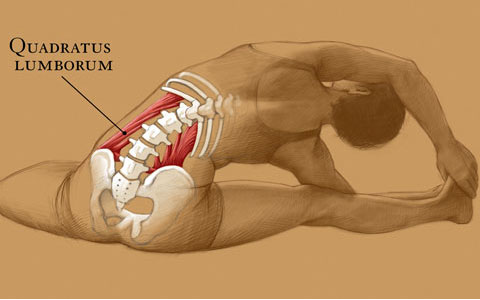
Explaining the location of the muscle and how it’s used, Alice tells us: “The QL is a deep back muscle that connects the twelfth rib to the lumbar vertebrae and the top of the hip bone. It’s primary functions are to bend your body from side to side and bring your hips up to your chest which is exactly the movements required for cycling and therefore a muscle that is constantly being used.”
Common Cycling Niggles and Bike Fit Fixes
So we know we’re using the muscle with every pedal stroke, but we’re also using a lot of other muscles. Why does this one cause problems in so many riders? Alice explains: “Due to the position our body adopts on the bike (flexed forward), this muscle is constantly being stretched and a great demand is placed on it to be working all the time. Thus it can get make the cyclist feel pain, tightness or discomfort in the low back and hip area.”
Sitting Wonky? The Relationship Between Saddle Discomfort and Lower Back Pain
More often than not, we feel the pain in one side more than the other. That’s because we don’t tend to use our bodies “symmetrically” as we might like to imagine. Alice outlines the issue, saying: “The QL is on both sides of the spine but as humans we are not and never use our bodies symmetrically. We all tend to favour one side of our bodies more, especially with cycling where we often sit more to one side therefore this places more demand on one side of the low back due to an increase is side to side “rocking” motion.”

